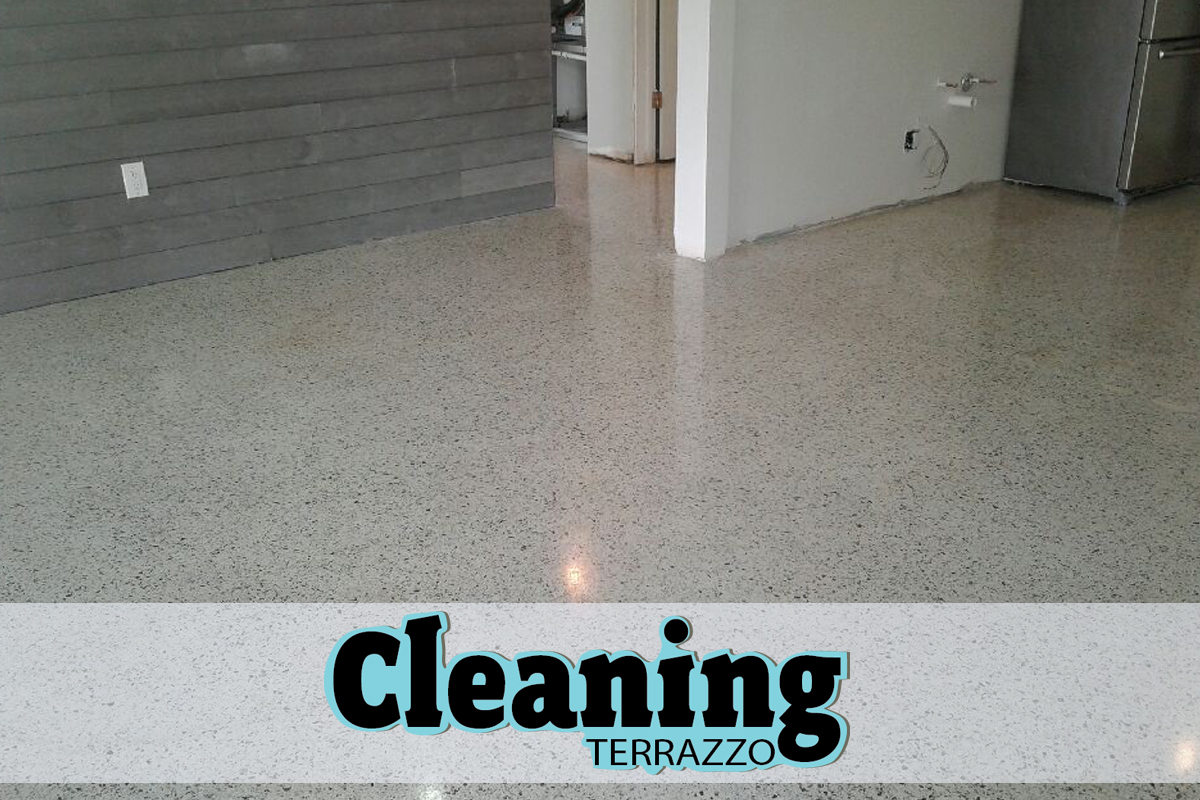Terrazzo flooring is known for its durability, longevity, and low maintenance. However, even the most well-maintained terrazzo floors can experience issues such as cracks, stains, and chips. It’s important to identify these issues early and address them promptly to prevent further damage and maintain the integrity of the floors. In this article, we will discuss common issues with terrazzo floors and how to fix them.
Identifying Cracks in Terrazzo Flooring
Cracks can occur in terrazzo flooring for a variety of reasons, including settling of the foundation, wear and tear over time, or improper installation. The first step in fixing cracks is to identify the type of crack. There are two types of cracks in terrazzo flooring: hairline cracks and large cracks.
Hairline cracks are small cracks that are less than 1/8 inch wide. These cracks are often caused by the natural expansion and contraction of the concrete subfloor or by changes in temperature and humidity. Hairline cracks are generally not a cause for concern, and they can be repaired using a color-matched epoxy filler.
Large cracks are cracks that are wider than 1/8 inch. These cracks are more serious and can indicate a problem with the foundation or subfloor. Large cracks should be evaluated by a professional and repaired using a structural repair material.

Addressing Stains on Terrazzo Flooring
Stains on terrazzo floors can be caused by a variety of substances, including food, grease, and chemicals. To prevent stains, it’s important to clean up spills immediately and avoid using harsh chemicals on the floors. If a stain does occur, it’s important to address it promptly to prevent it from setting in.
To remove stains from terrazzo flooring, start by cleaning the affected area with a mild soap and water. If the stain persists, try using a commercial terrazzo cleaner or a mixture of baking soda and water. For stubborn stains, it may be necessary to use a poultice, which is a paste made from a mixture of a cleaning agent and an absorbent material such as talcum powder or diatomaceous earth.

Repairing Chips in Terrazzo Flooring
Chips in terrazzo floors can occur when heavy objects are dropped on the flooring or when the flooring is struck with a hard object. Small chips can be repaired using a color-matched epoxy filler, while larger chips may require a more extensive repair.
To repair a small chip in terrazzo floors, start by cleaning the affected area with a mild soap and water. Allow the area to dry completely, and then apply the epoxy filler using a putty knife. Smooth the surface of the filler and allow it to dry according to the manufacturer’s instructions. Once the filler is dry, sand the area with a fine-grit sandpaper to smooth out any rough spots.
For larger chips, it may be necessary to replace the damaged area of the flooring. This process involves removing the damaged area, preparing the subfloor, and installing new terrazzo flooring. This type of repair should be done by a professional to ensure the integrity of the flooring.
Terrazzo flooring is a durable and long-lasting flooring option that can add beauty and value to any space. However, even the most well-maintained terrazzo floors can experience issues such as cracks, stains, and chips. It’s important to identify these issues early and address them promptly to prevent further damage and maintain the integrity of the flooring. If you are unsure about how to address a specific issue with your terrazzo flooring, it’s always best to consult with a professional. At Terrazzo Restoration Fort Lauderdale, we specialize in the restoration, repair, and maintenance of terrazzo flooring. Contact us today for a consultation and to learn more about how we can help you keep your terrazzo flooring looking its best.







